Did you know that our adorable little native 2 spot ladybird is under threat from the Harlequin ladybird?
Our native ladybird is our great Scottish wildlife companion who devours aphids in such great numbers. It’s a little beetle that we’ve grown up with and we’ve let crawl over our hands. Moreover it has taken on the role of many leading characters in children’s storybooks, poems and nursery rhymes.
But just like in War of the Worlds by HG Wells we also have a few alien characters in nature. And we’re just not talking about aphids here!
Being forewarned is being forearmed. It’s ‘an inside job’…there’s a traitor in the ranks.
In fact another species of ladybird called Harmonia axyridis is the traitor in the ranks. Commonly known as the Harlequin, Asian or Halloween Ladybird.
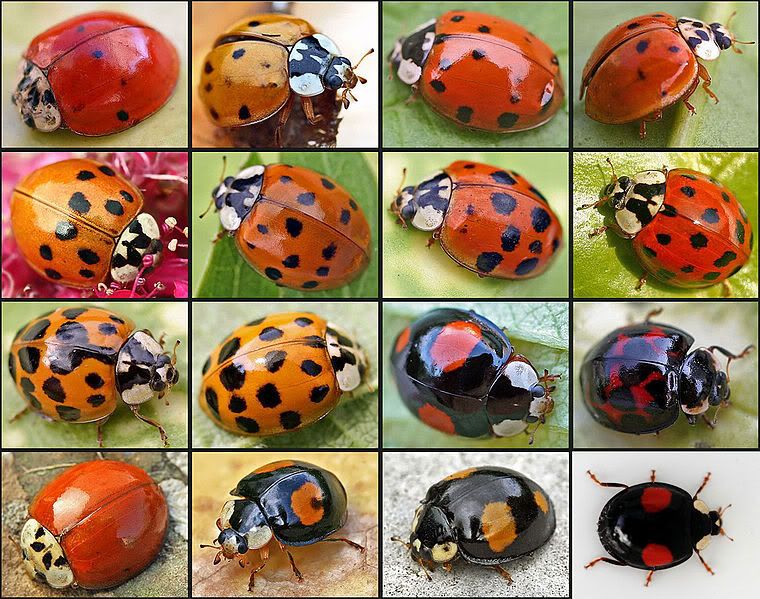
The Harlequin Ladybird As An Organic Weapon
Some of our native species were dwindling. Furthermore pesticides were being banned. Likewise we needed an ‘organic weapon’ in the fight against increasing numbers of aphids on our crops. Moreover growers thought they were aiding nature by introducing this Harlequin species. However they took the easy option instead of taking the time to encourage our native species to thrive.
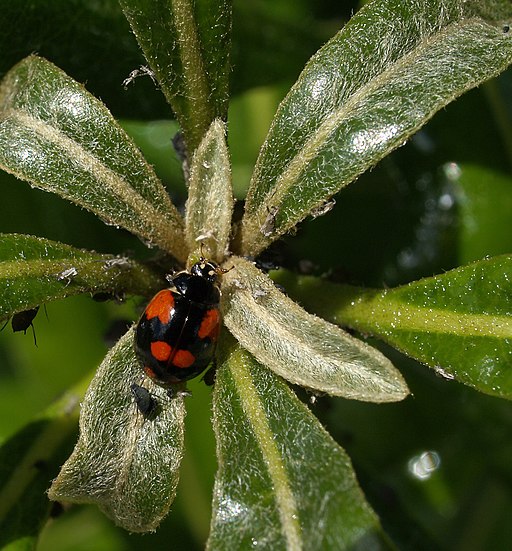
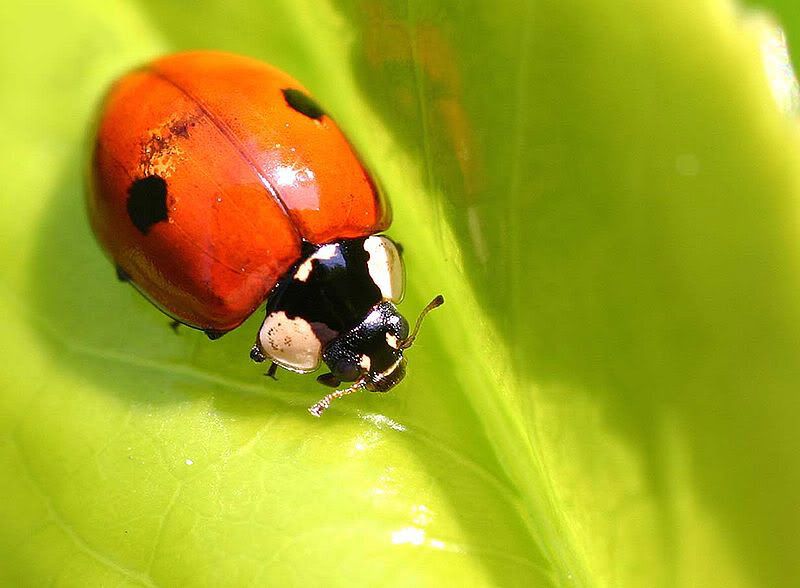
These new recruits did a great job in defeating our aphid numbers but then they turned against our native species – the two spotted ladybird. That ladybird shares the same deciduous tree habitat as the Harlequin ladybird. The Harlequin was able to out-compete for food and numbers of native 2 spot ladybirds had fallen 44% by 2009. That’s only 5 years after the Harlequins arrival. Source BBC
We’ve got a full scale alien invasion on our hands and we’re now counting the cost!
Enemy Tactics
The Harlequins started to eat not only the aphids but when those numbers depleted they started feeding on our native ladybird eggs and larvae. Along with scale insects, butterfly and moth eggs, nectar, pollen and even ripening fruit. These are ladybirds you won’t want crawling over your hands…as you’ll find out if you click this link (Harlequin Ladybird survey). Though they rarely bite.
Wanted…Information on last known location
The ladybird survey are looking for us again this year to send in the reports of our sightings of both our native and Harlequin species. Here’s a useful pdf showing how to ID our allies and the enemy Harlequins you’ll find in the UK.

Tracking the Invasion
If you do come across them it’s best to record the sighting. Then leave them alone as it is hard to distinguish them from the natives.
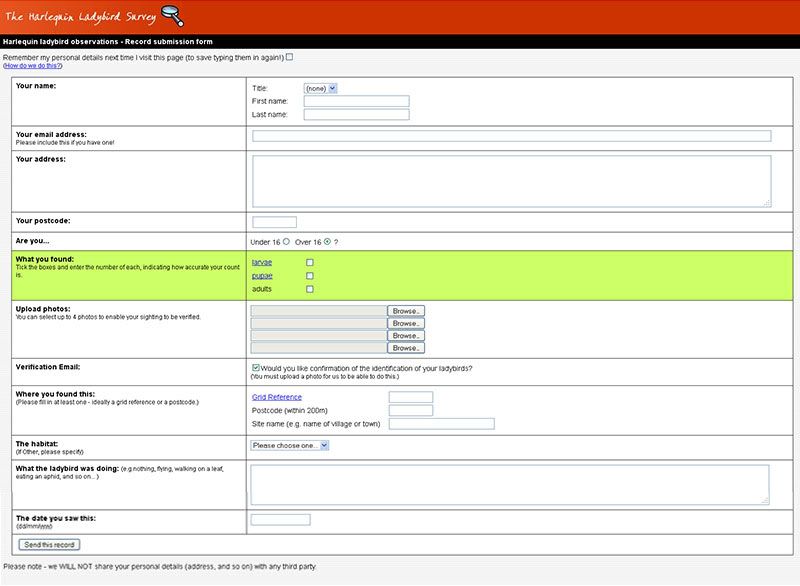
Know and expose the enemy!
Since Harlequins only arrived in the UK in the summer of 2004 it’s still early days in assessing their threat. On this map you’ll see that up until 2009 it was quite rare to have a sighting here in Scotland…but the BBC reported a sighting in February 2012 on the Shetland Islands when Elizabeth Wark found one in a bunch of flowers bought in her local supermarket. Quite a hitchhiker!
Fighting Back
Apparently the 7 spot ladybird which is the most commonly seen ladybird has been unaffected by the harlequin’s arrival. (View my video of whimsical ladybirds). Thankfully they don’t share the same habitat.
So be on the alert and be on guard. Monitoring ladybirds across the country has never been more important. Indeed our native species are relying on YOU to get involved.
Man’s intervention in nature sometimes leaves us with more problems than it solves!



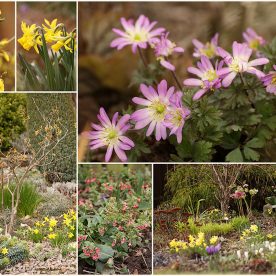
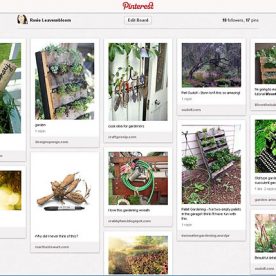
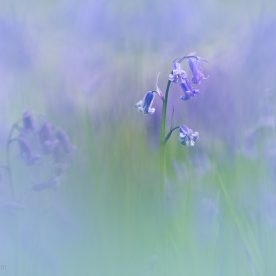
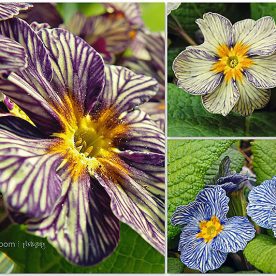
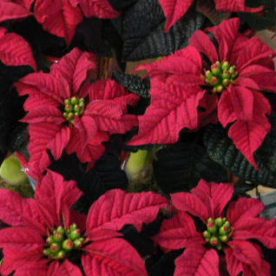
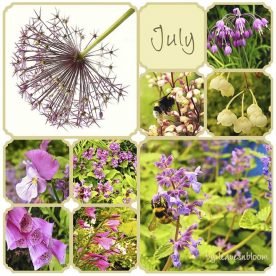
Caroline Gill
Despite the difference in our geographical location, we seem, Rosie, to be seeing the same things! I've just posted a Harlequin on my blog, 'Wild and Wonderful' … and had, of course, logged it with the Harlequin Survey.
Stewart M
Hi there – what a great post. I wish we could just leave things where they evolved! Cane Toads being just the tip of the iceberg here!
Cheers – Stewart M – Australia
Plant Chaser
That is worrisome. At the beginning of your post I was thinking how cute the ladybug was then it sort of turned into a horror story. I've only found a couple of ladybugs in my garden and admit to having considered introducing more in the past because of other pests. Not such a good idea after all, huh?
Andrea
Hi Rosie, because i always see them in your post i am also tempted to search for them in our property in the province during the long break. I didn't see a ladybug designed like these, but i found one with turtle design. I wonder if it is also a ladybug! It is yellow with black margins along the patches.
Bernie H
Yes it seems that previous generations sometimes did more harm than good for our environment, whether it be there of here. I second Stewart's comments about the Cane Toads. They are becoming a very serious threat across northern Oz these days. Horrid creatures.
Donna
Very troublesome when we do this and we continue to not learn our lesson…
HolleyGarden
I wonder when we'll learn to leave things alone. Seems every time we introduce some kind of biological control, it comes back to hurt the environment in the long run. Great information in this post.
Gaz
Hopefully the threat and damage can be reversed, but i suspect we may be too far into this problem to do too much about it. Thanks for a great post.
Curbstone Valley Farm
I love this post Rosie. I think many gardeners presume all lady bugs/birds are the same. Last summer I was paying especially close attention to those I found in the garden. I only found ONE native lady beetle all season. All the rest were alien invaders! I'll be watching closely again this year to see if the same holds true. I think there's as much problem for our native species here as there is there.
Raymonde
I am so glad you spotted my post, I was hoping someone who knew what they were talking about would. I will report the sighting. Thanks for the link, I must admit I did not like finding the thing in my garden! 🙁
Have a good week. 🙂
Liz
Great post Rosie!! I love the shots of your ally 🙂
Anonymous
I kill all the H Axyridis I come across, I can distinguish them from natives, so it is easy for me to say die!